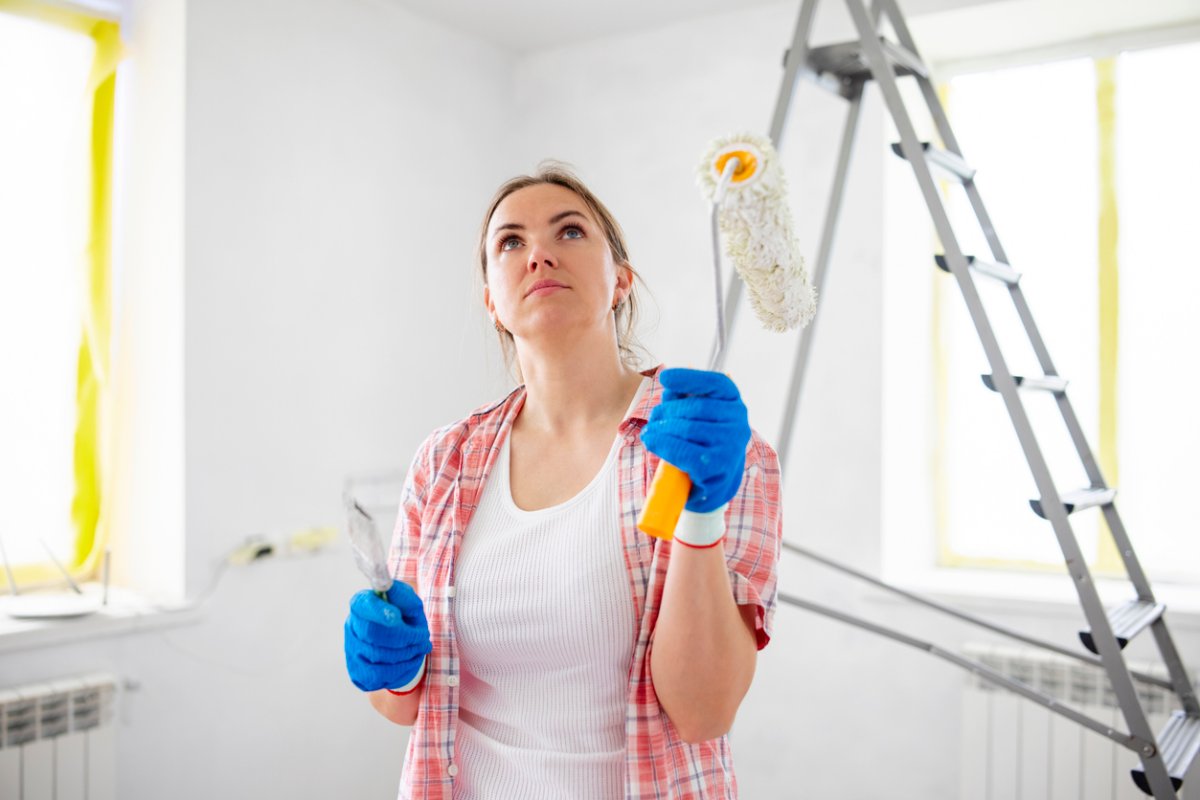We may earn revenue from the products available on this page and participate in affiliate programs. Learn More ›
No matter how careful or experienced you are with paint, the occasional mistake can happen while DIYers and professionals are painting a room. Paint can easily splatter, spill, and bleed, and there are many other real-life obstacles that can pop up and interfere with a perfect paint application.
Fortunately, most missteps can be repaired without too much trouble. Next time you have a drip, spill, or an “oops” moment, try one of these straightforward fixes that can help you find your way to a flawless finish.
1. Undo Uneven Coverage
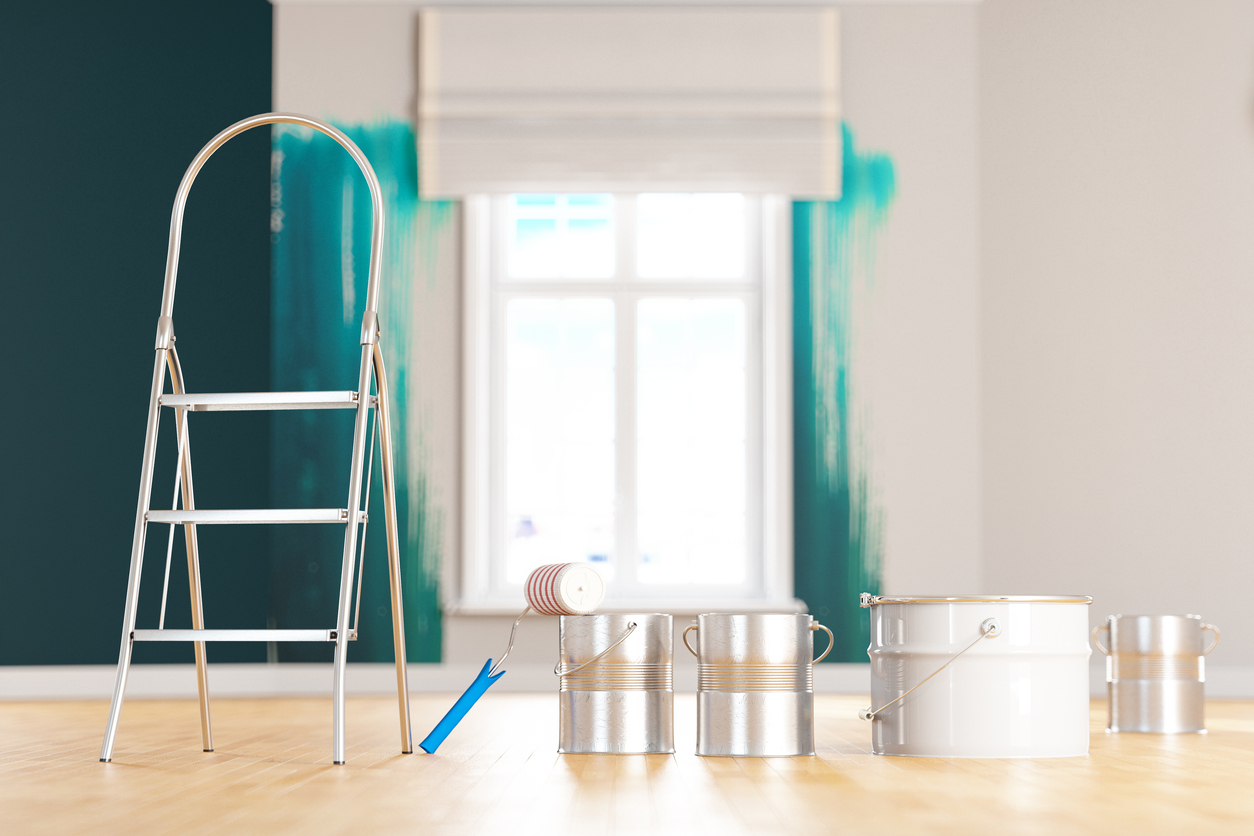
Applying the optimal number of coats is key to a terrific paint job. If you didn’t apply enough coats, you might find your walls looking patchy, with bits of the old wall color showing through. To correct this common mistake, let the paint dry completely, and then follow up with a second coat.
Another contributor to uneven coverage is paint that hasn’t been stirred. Paint tends to separate over time, and solids sink to the bottom of the can. Before applying paint, make sure that it’s fully stirred. A stir stick can work fine but a mechanical stirrer, like the ALLWAY 1 gallon Helix paint mixer, which attaches to most drills, makes the mixing job a little easier.
RELATED: 13 Top Tips to Make Any Paint Job Go Faster
2. Banish Paint Bubbles
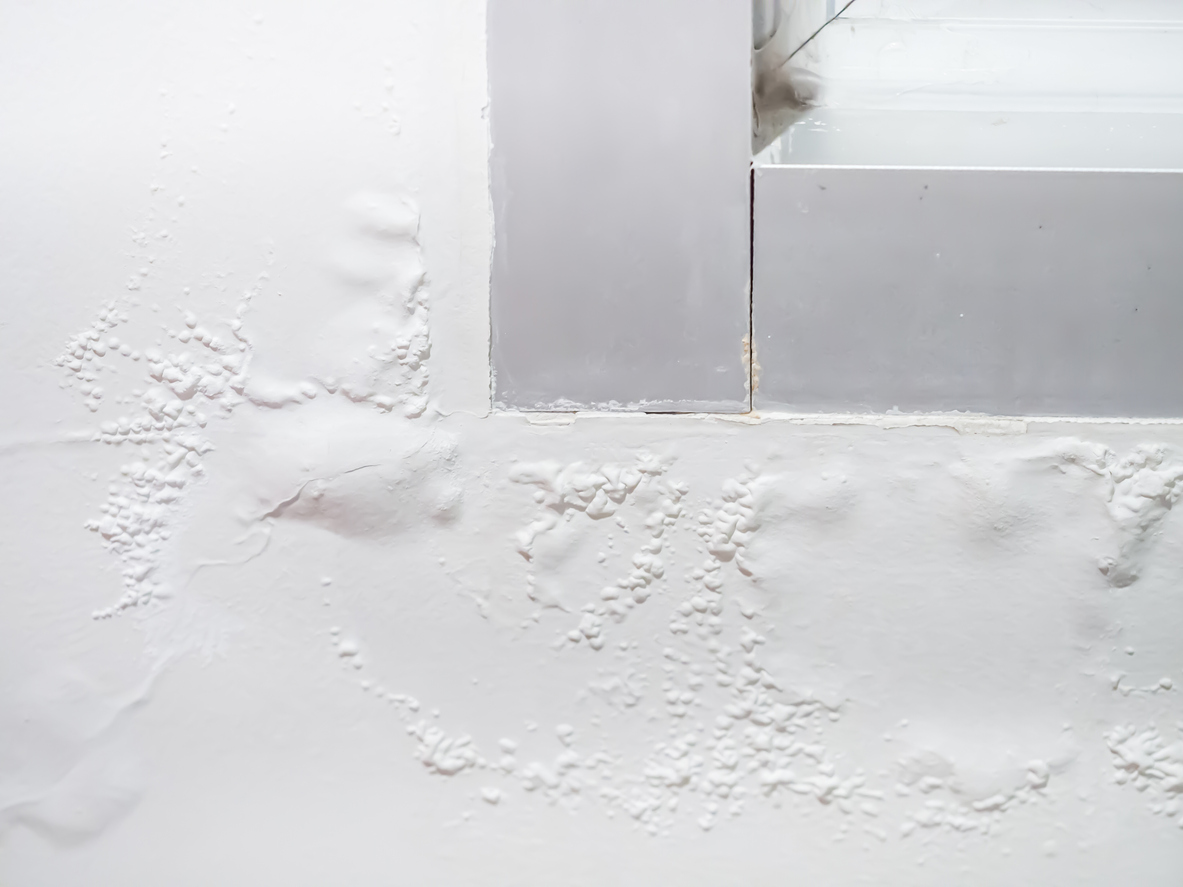
Paint bubbles or blisters will occur if the top coat of paint doesn’t properly adhere to the undercoat, often as the result of a moisture or heat problem. If you notice these unsightly bubbly sections, first identify the underlying cause before you move on to fixing the finish.
After the basic problem has been addressed, scrape off the bubbles and blisters with a handy paint scraper like the HYDE quick-release contour scraper, and sand the area until it’s smooth. Coat with primer before repainting.
RELATED: 12 Exterior Paint Colors That’ll Help Sell Your House
3. Scrape Up Paint Splatters
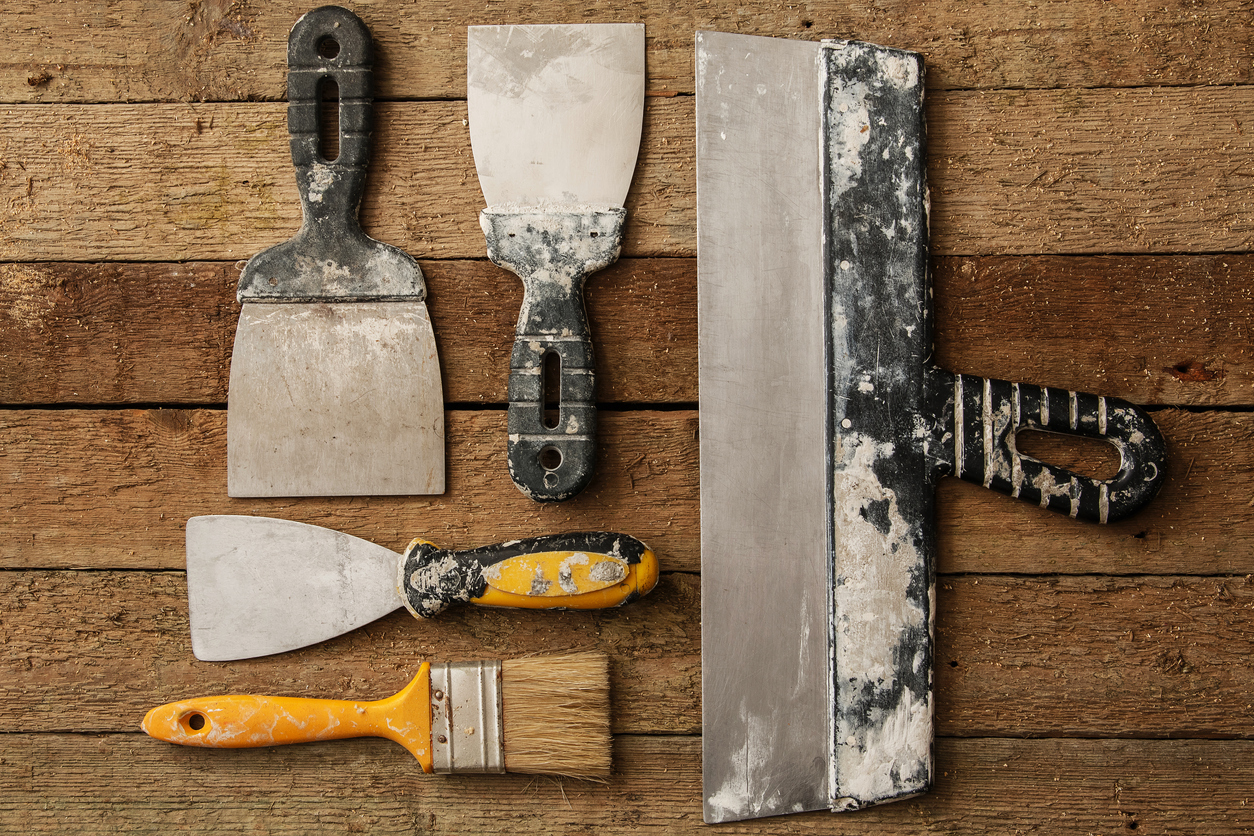
Paint drips or splatters on window glass are fairly easy to remove: Allow the paint to dry completely, and then scrape off the offending spots with a razor blade scraper (the Hyde contour scraper mentioned above will do the trick, too). Set the blade at an angle to the glass and gently scrape away the dried paint. If the razor blade starts to gum up with paint, wipe it off with a damp rag to remove the excess, and keep scraping!
RELATED: How to Remove Paint From Everything
4. Sand Paint Drips Off Trim
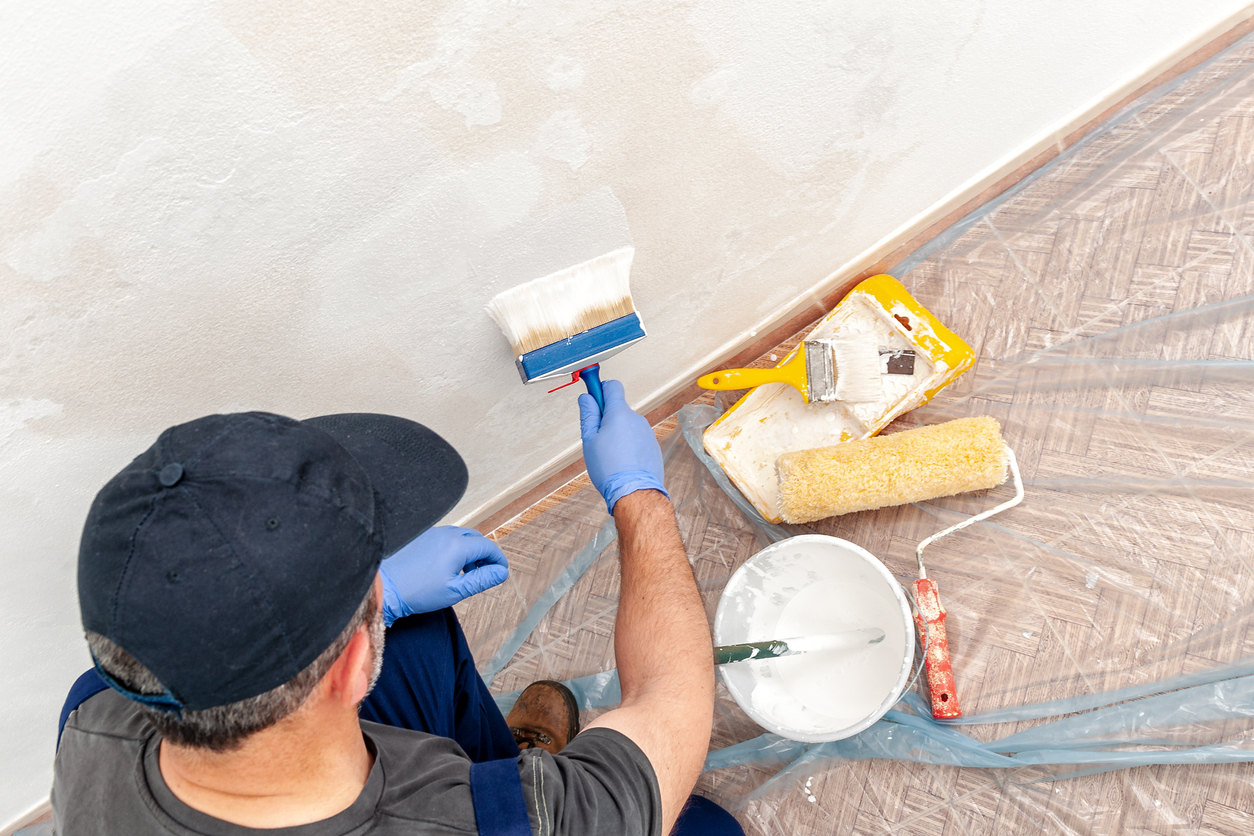
It’s always a good idea to keep a damp cloth close by when you’re painting, especially when you’re doing trim work. If you accidentally skim the trim with your paintbrush, you can wipe it up as you go. If you don’t catch a spot until it’s dried, sand the problem paint off, then remove the dust by wiping the surface down with a damp microfiber cloth. When it’s dry, touch up the trim with paint.
RELATED: Solved! Which Comes First: Painting the Wall or Trim?
5. Delete Drips and Runs
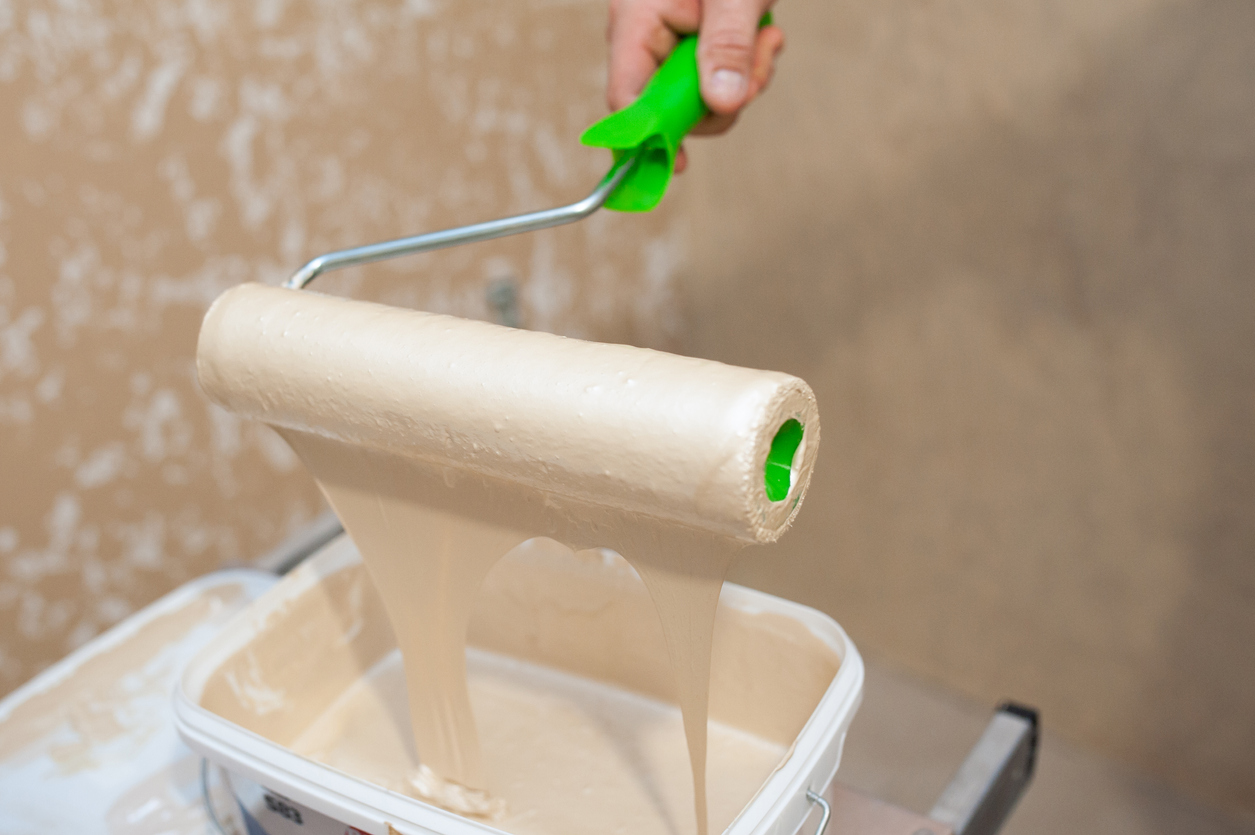
Drip stains often happen when you overload your brush with paint. To fix the drips, wait until the paint has dried, then scrape the drips off the wall with a paint multi-tool, like the HYDE 6-in-1, then sand the area. Repaint the section carefully, blending it in with the rest of the wall.
RELATED: The Best Paint Sprayers for Your Paint Jobs, Tested
6. Clear Off Ceiling Spots
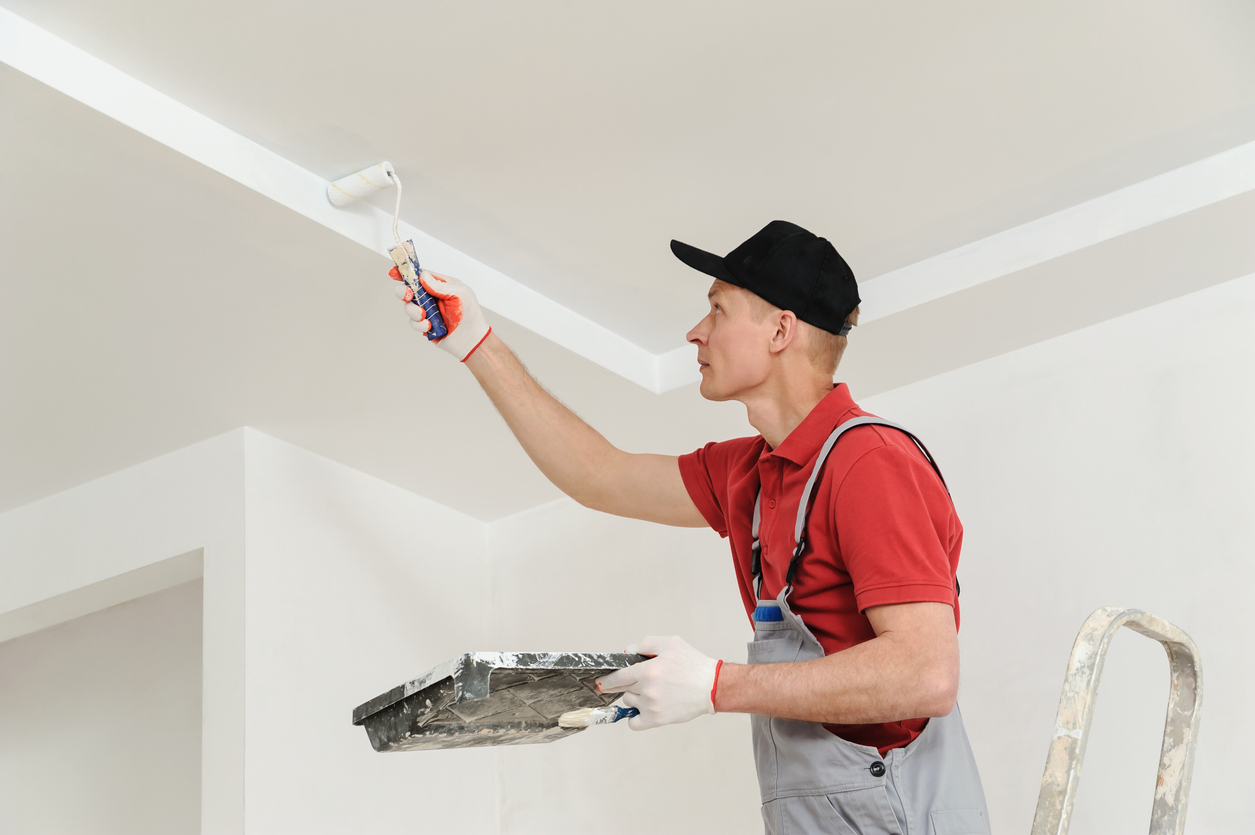
It’s easy to get dab of paint on the ceiling when you’re painting high up on the walls. If you notice the ceiling dab while it is still wet, spray some window cleaner on a clean paintbrush, and wipe the paint off. If the dab has already dried, touch up the ceiling with a small brush or mini paint roller. Just be careful to feather the edges so they blend in with the rest of the ceiling.
7. Peel Off Painter’s Tape
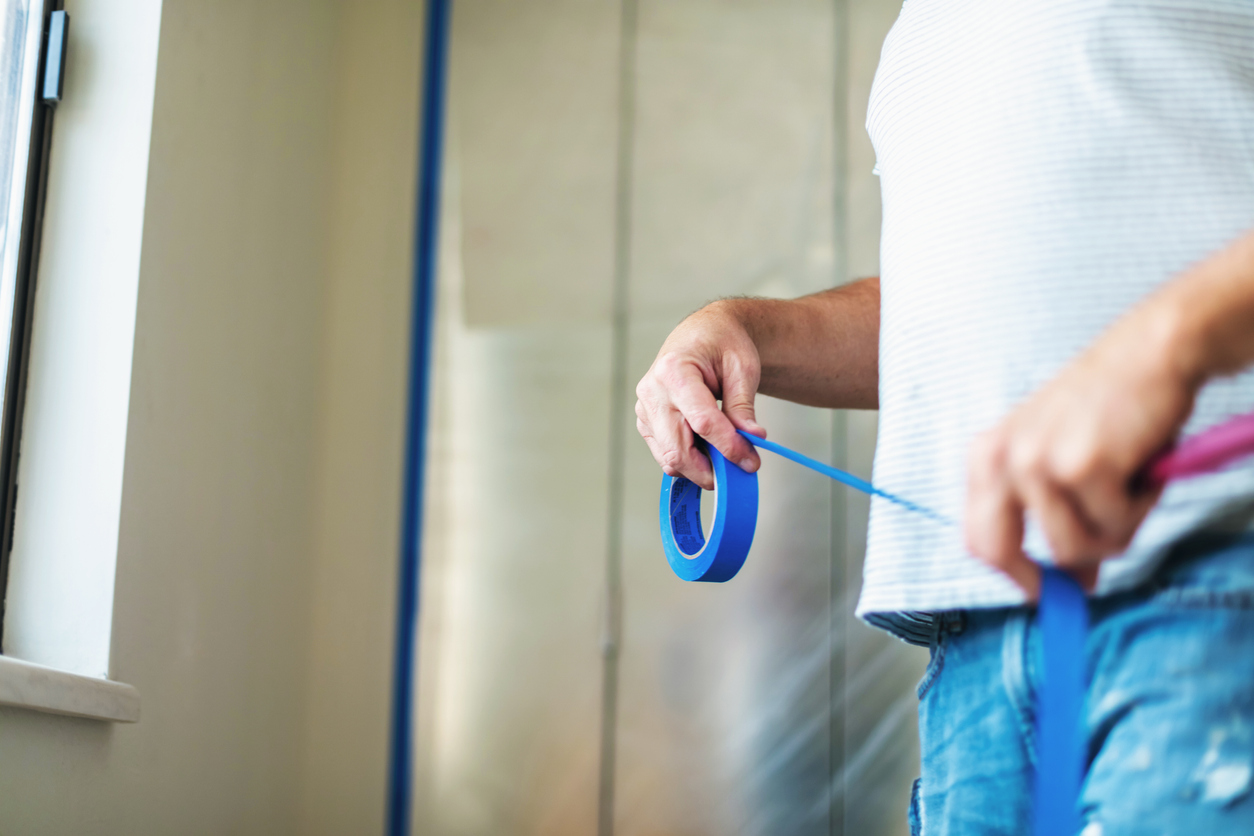
Painter’s tape can be a novice painter’s saving grace, but if you leave it in place too long it may not come off easily. If you haven’t forced the tape off of the surface, there’s a way to prevent the tape from pulling off paint from the wall. Carefully score and cut the tape along the edge with a utility knife, like Black + Decker’s folding utility knife. Cutting will separate the tape from the wall and help release the tape from its stuck position, making it easier to remove.
RELATED: 11 Problems You Can Solve with Paint
8. Remedy Roller Marks

Roller marks, or lap marks, can occur if you don’t maintain a wet edge while painting. To restore a smooth finish to the wall, sand down all the uneven areas until they are smooth. Then wipe the walls down completely to remove all dust. Prime and follow up with an even coat of paint using an interior paint roller cover with a ⅜-inch nap, like Purdy White Dove roller covers.
RELATED: The Best Paint Rollers and Covers, Tested and Reviewed
9. Touch Up Tape Lines

If you did wait too long to remove your painter’s tape and pulled paint off the wall along with the tape, here’s how to fix the mark on the wall: Sand the damaged area smooth with a sanding block, thoroughly wipe it down with a damp cloth to remove residual dust, and then carefully repaint the section. The next time you reach for painter’s tape, consider using one that has a long clean removal period, like 3M ScotchBlue’s Safe Release painter’s masking tape.
10. Save Carpets from Stains
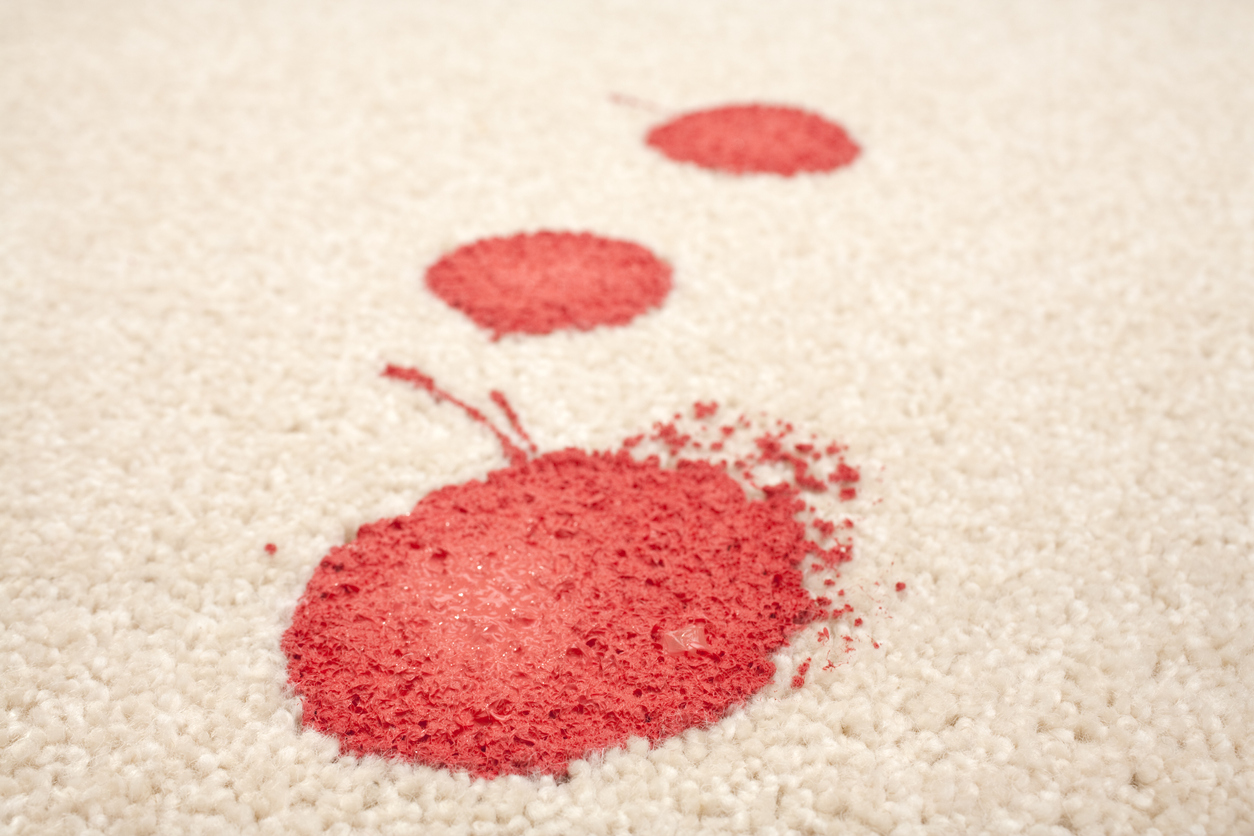
Paint spills on the carpet are easier to remedy than you may realize. If you catch the paint mishap while it’s still wet, you can blot it up with a wet paper towel. Don’t rub the paint spill, as you’ll end up grinding the liquid deeper into the fibers. Continue to blot until all the paint comes up.
If the paint has dried, pour a small amount of hot water mixed with dish detergent onto the area. Allow the solution to sit until the paint has softened, then gently scrape the chips out of the fibers with a butter knife.
RELATED: How To: Get Rid of Every Carpet Stain
11. Prime Patchy Filler
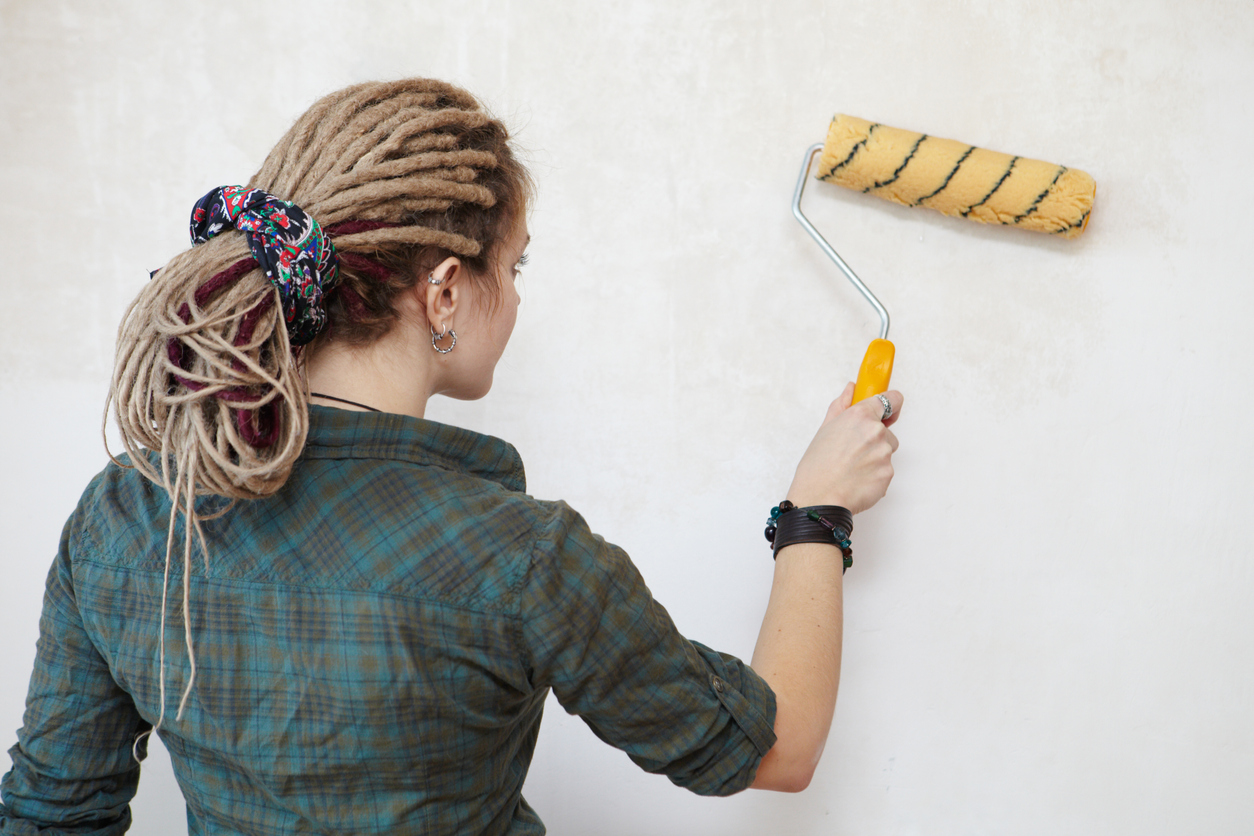
If you filled or patched sections of drywall before painting but forgot to prime them, you may notice that they show through as unattractive lighter spots that totally ruin your professional-looking paint job. Cover those patchy sections with a primer that can bond to a variety of surfaces, like the interior/exterior Kilz Adhesion primer. After it has thoroughly dried, give the wall another coat of paint.
RELATED: 8 Times You Should Never Skip Paint Primer
12. Fix Brush Marks By Using an Angled Brush
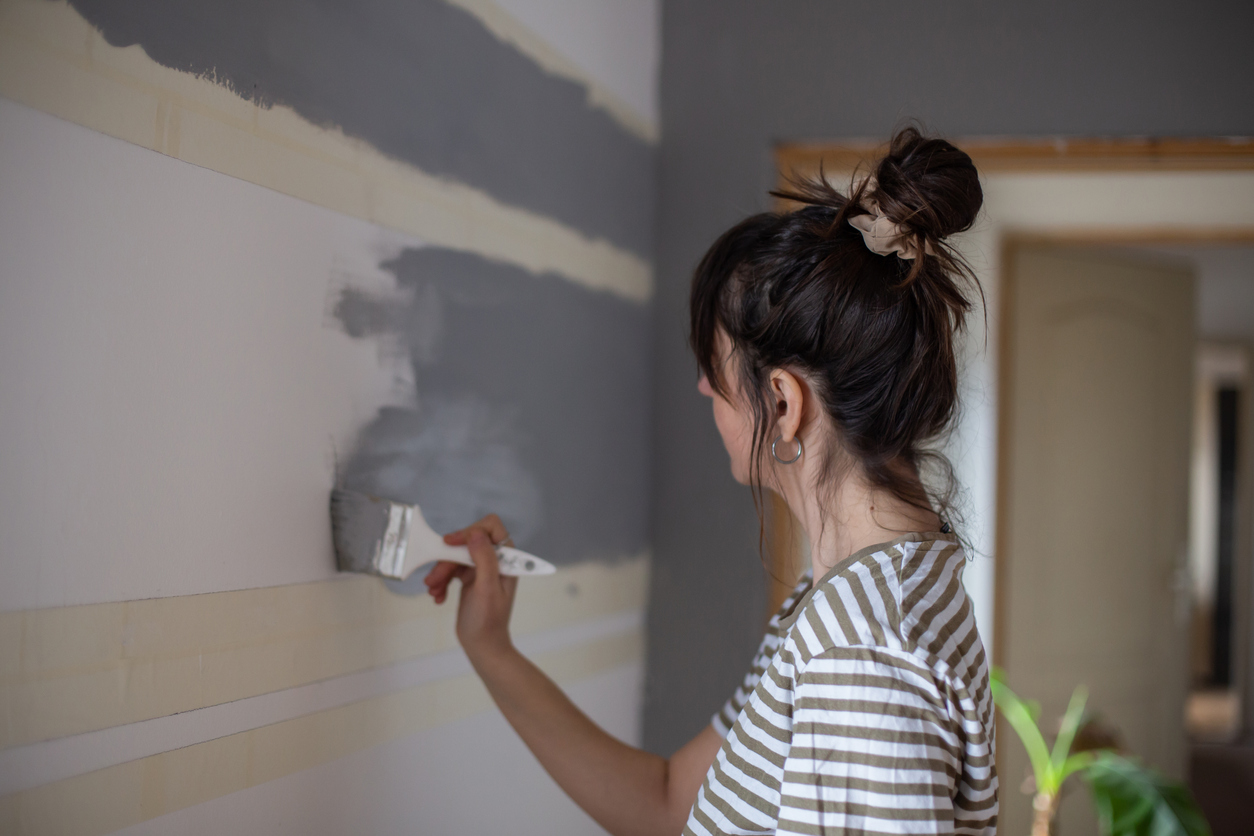
Have you ever stepped back to admire your paint job and noticed brush marks where you were cutting in? Before you become resigned to living with the messy marks, try this: Sand the area with an extra fine-grit sanding block and wipe it clean. Stir the paint thoroughly, and then carefully repaint for picture-perfect results. Going forward, try using a high-quality angled paint brush, like the 2½-inch angled sash paint brush from Purdy when cutting in.
RELATED: The Best Paint Brushes, Tested and Reviewed
13. Lose the Lint Splotches
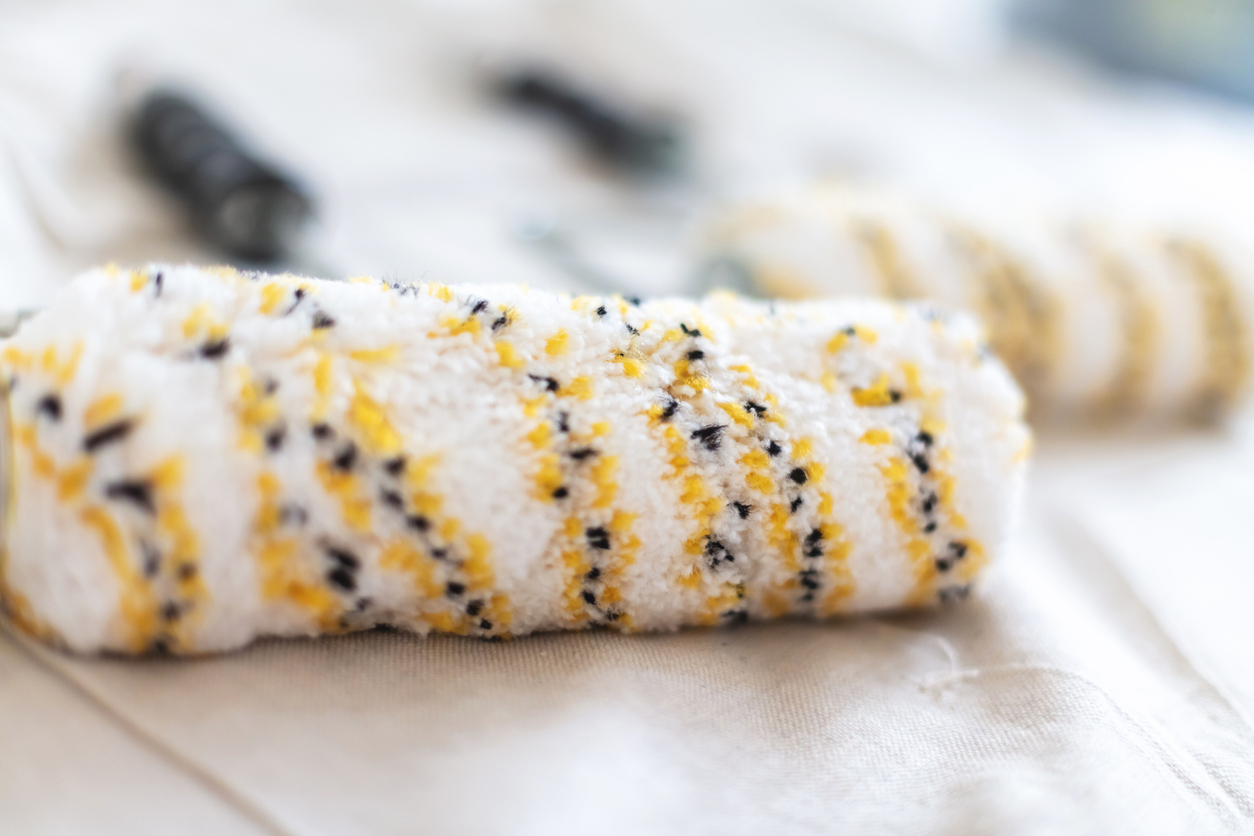
If you don’t remove lint and dust from a paint roller, it can transfer onto the walls and ruin an otherwise flawless paint job. If you come across a splotched spot, lightly abrade it with a sanding sponge to remove the lint from the wall. An angled sanding sponge, like 3M’s SandBlaster Dual Angle sanding sponge, makes it easier to sand surfaces flat in tight corners. Wipe off the dust, and then repaint the spot when it’s dry.
14. Seal Wood to Nix Paint Bleed
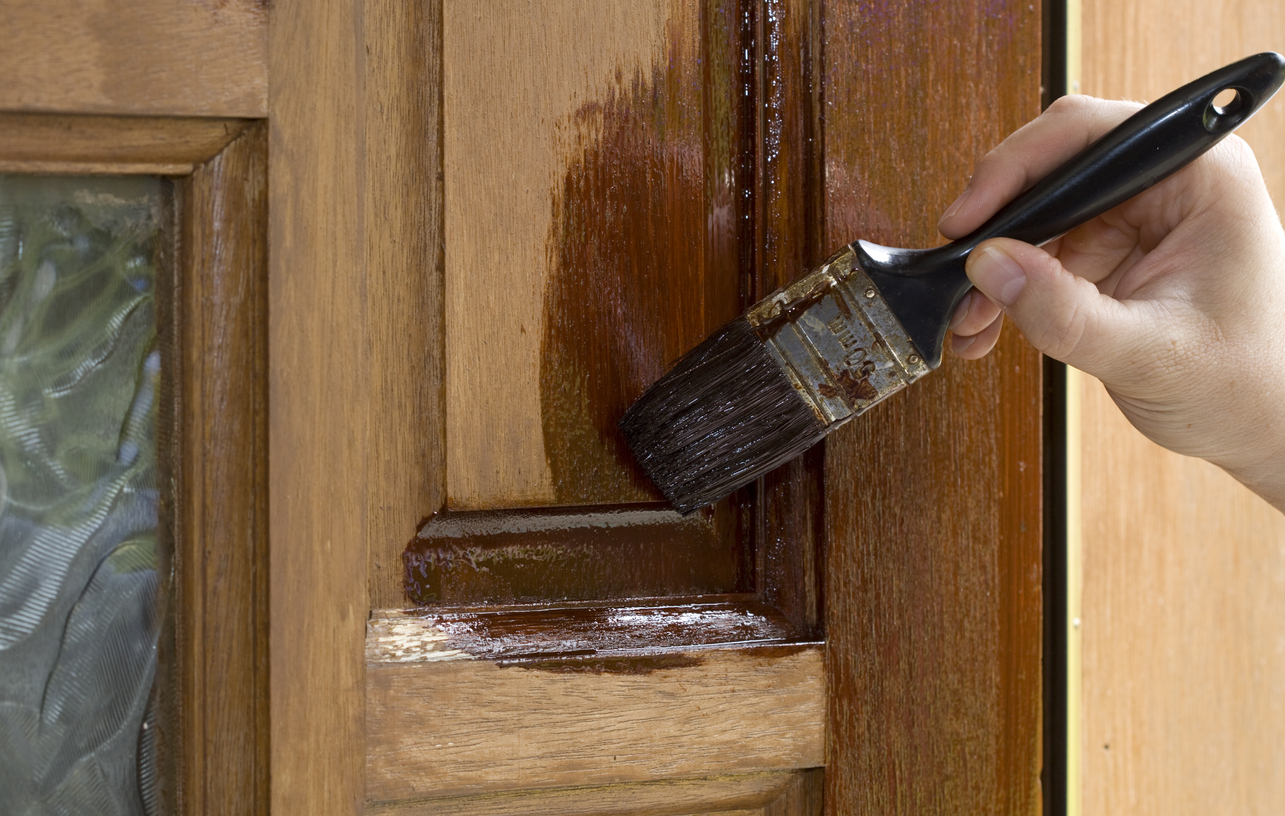
Painted wood can be charming, especially in a modern farmhouse-styled home or on an updated piece of vintage furniture. However, painting wood that hasn’t been sealed can lead to frustration when a stain just won’t go away, even after several coats of paint. The staining is bleed-through caused by tannins in wood, and the wood needs to be sealed in order for the staining and paint bleed to disappear from the finished paint job. Sand the area back to the wood surface, and then apply a wood sealer, like Varathane’s Ultimate Water-Based Polyurethane. After letting it dry, reapply primer and paint to the surface.
RELATED: Can You Paint Over Wood Stain?
15. Eliminate Cissing
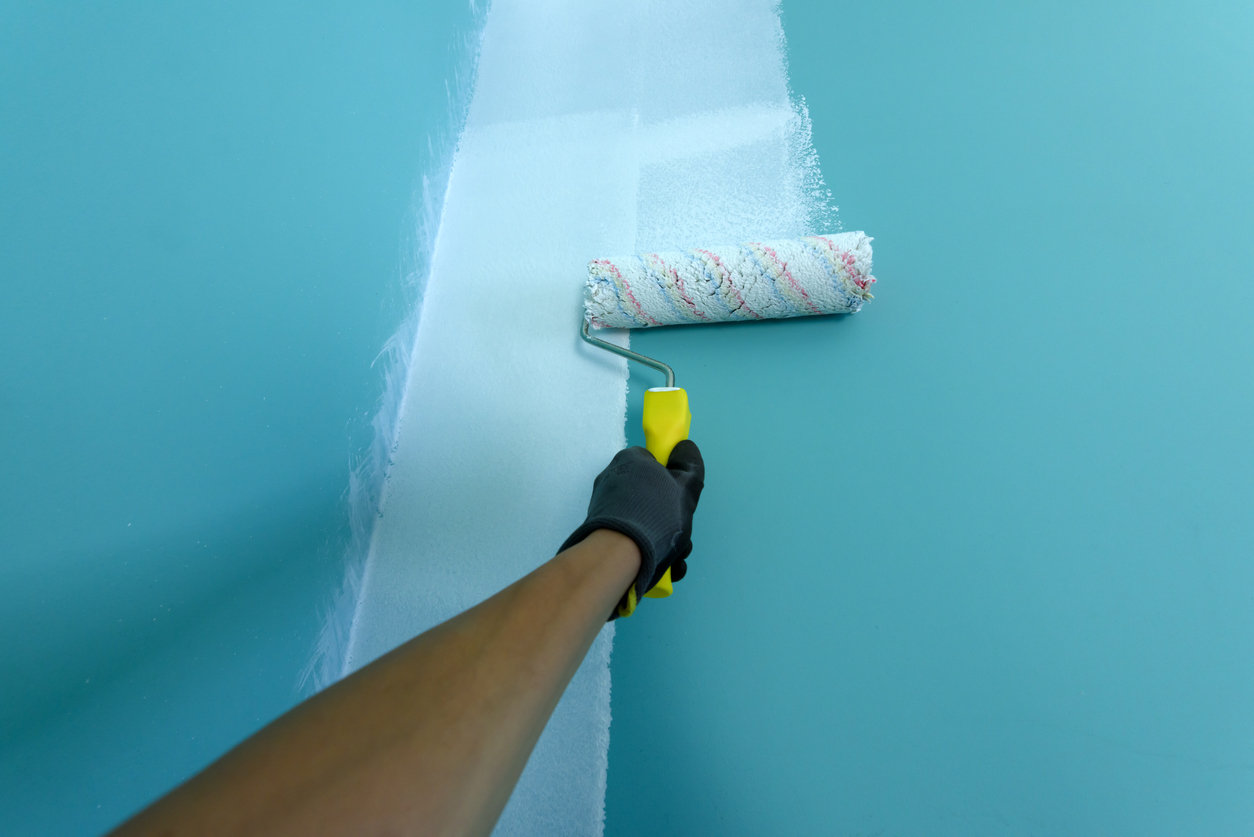
No matter the type of brush used, some paint won’t stick to a wall. The reason? Water-based paints can’t stick to oily surfaces, which is why you have to prepare the wall to receive the water-based paint. Here’s how to go about it: Wash the wall with soapy water, rinse, and let it dry. Lightly sand the surface and use a bonding primer, like Zinsser’s Peel Stop Triple Thick High Build Binding Primer before applying the desired paint color.
16. Remove the Wrinkling
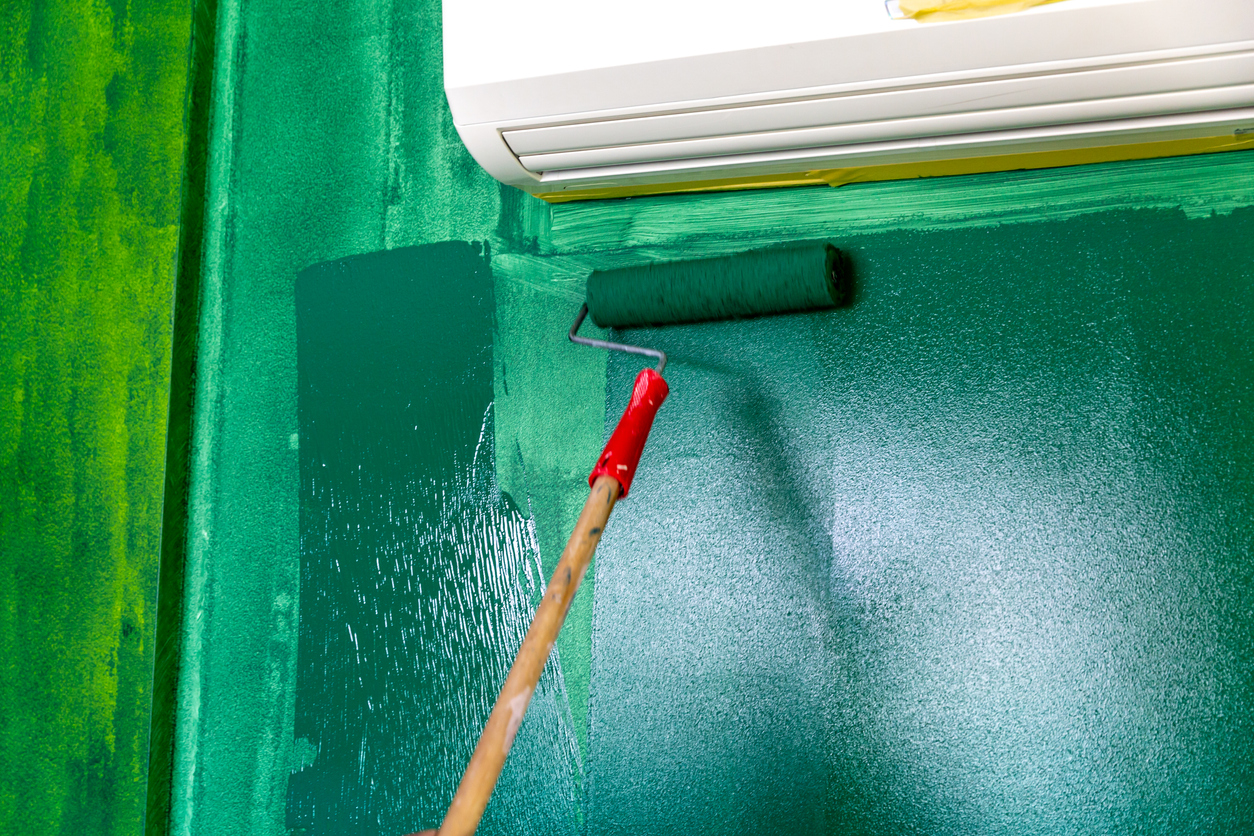
A perfect paint finish isn’t usually achieved with just one coat, and forcing a thicker coat could lead to issues like wrinkling. Thicker paint coats, and paint that dries in extremely hot temperatures, can wrinkle. Fixing this issue involves sanding the wrinkles, cleaning the area, and then repainting when temperatures are mild using less paint per coat. Choosing high-quality paint from the best paint brands can also help ensure a top-notch finish.
RELATED: The 13 Painting Mistakes Almost Everyone Makes
17. Wipe the Lid
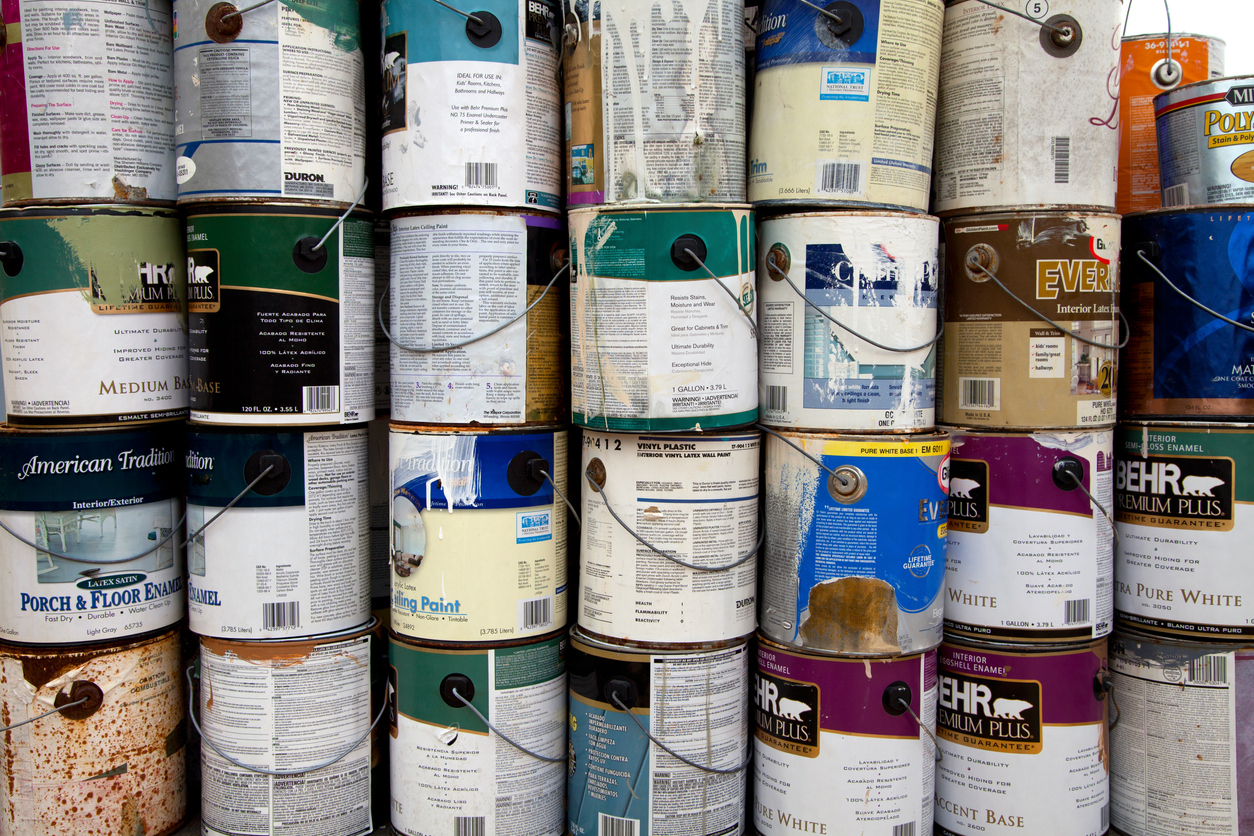
If you complete your project and have some leftover paint, you can save it for another fun DIY. When storing paint, make sure the lid is tightly sealed without wet paint in the rim; leaving paint on the rim may paint the can closed. The Paint Can Lid from Shur-Line keeps the paint safely stored and includes a pour spout to make the next paint job easier.
